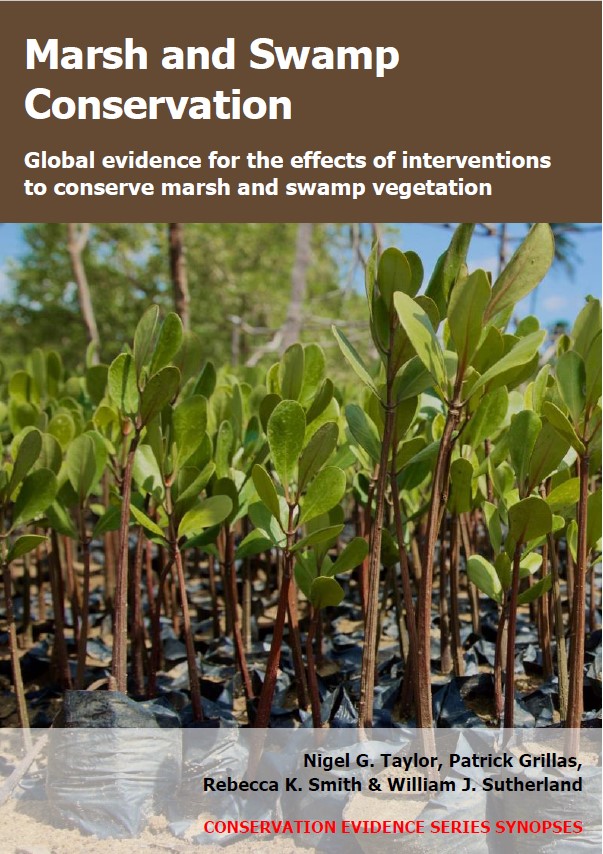Create mounds or hollows before planting non-woody plants: brackish/saline wetlands
-
Overall effectiveness category Unknown effectiveness (limited evidence)
-
Number of studies: 1
View assessment score
Hide assessment score
How is the evidence assessed?
-
Effectiveness
35% -
Certainty
24% -
Harms
13%
Study locations
Supporting evidence from individual studies
A replicated, randomized, paired, controlled study in 2006 in an estuarine salt marsh in California, USA (Varty & Zedler 2008) found that excavating depressions before sowing/planting dwarf saltwort Salicornia bigelovii did not increase saltwort seedling density or transplant survival, but did reduce density of the initially dominant succulent. Two months after sowing/planting, there were fewer dwarf saltwort seedlings in 10-cm depressions (3 seedlings/0.25 m2) than on level plots (10–14 seedlings/0.25 m2), with no significant difference between 5-cm depressions (9 seedlings/0.25 m2) and level plots. The same was true for survival of dwarf saltwort transplants after six months (10-cm depressions: <40%; 5-cm depressions: 70%; level plots: 70%). However, depressions had lower cover of pickleweed Salicornia virginica in 12 of 12 comparisons over the whole growing season (10-cm depressions: 41–59%; 5-cm depressions: 49–65%; level plots: 58–78%). Methods: In March 2006, dwarf saltwort was planted and sown into seventy-two 0.25-m2 plots (three sets of 24) on a pickleweed-dominated salt marsh. Four seedlings and 1.25 ml of seed were added to each plot. Thirty-six plots (12 random plots/set) had been lowered by 5 cm or 10 cm before planting, by removing subsurface sediment. The other plots remained at ground level. Some pickleweed was cut and removed from half of the plots. Vegetation was surveyed between May and September 2006.
Study and other actions tested
Where has this evidence come from?
List of journals searched by synopsis
All the journals searched for all synopses
This Action forms part of the Action Synopsis:
Marsh and Swamp Conservation
Marsh and Swamp Conservation - Published 2021
Marsh and Swamp Synopsis





)_2023.JPG)














